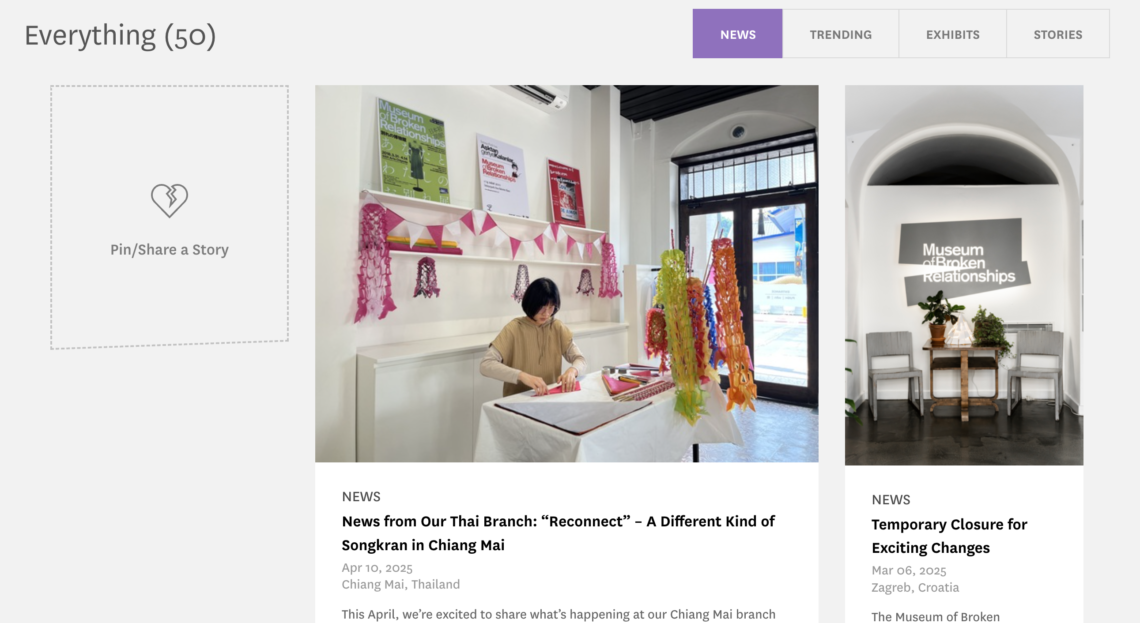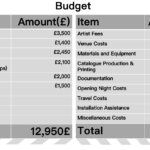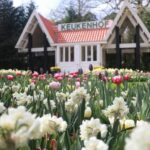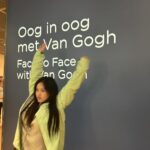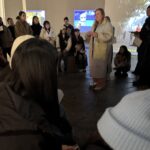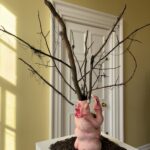Curatorial Proposal: Reconstructing Intimacy at The Tap Bar
In response to these spatial constraints, my exhibition will be hosted not in a traditional gallery, but in The Tap Bar—a space rich with personal memory and social resonance. This location holds deep significance for me: it was where my best friend experienced a painful breakup, and I stood by her through it. That moment—intensely raw, emotional, and deeply human—cemented my decision to choose this space. It is not merely a bar, but a site of shared vulnerability and transformation. Moreover, during a Week 5 class discussion, a peer recommended visiting the Museum of Broken Relationships in Zagreb.
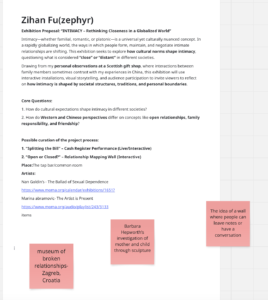
Exploring its online archive further affirmed my curatorial vision: The Tap Bar is not only a place filled with personal and collective memories, but also a final “resting place” for that intimate relationship—making it the ideal setting to explore themes of emotional resonance, rupture, and reconstruction.
◊Projection as Spatial Palimpsest: Re-contextualizing Classic Art
Selected fragments from canonical artworks will be projected onto mirrors, tables, and bar shelves, disrupting the traditional museum setting:
1.Gustav Klimt’s The Kiss– Enlarged golden lines and entwined lovers, projected onto the bar counter, symbolizing the entanglement and intoxication of intimacy.
2.Frida Kahlo’s The Two Fridas– The connected arteries between two hearts magnified and projected beneath the bar, requiring viewers to bend down to see it, metaphorizing vulnerability and dependence in relationships.
3.Sophie Calle’s Take Care of Yourself– Excerpts from breakup letters will appear as scrolling text at the bottom of drinking glasses, visible only when the drink is finished.
♠Participatory Installation: “The Gaze of the Present”
Inspired by Marina Abramović’s The Artist is Present, this installation invites anonymous, intimate storytelling:
“Anonymous Dialogue Booth”– Two high stools separated by a translucent fabric curtain in a dimly lit corner. Two participants can sit, listening to pre-recorded anonymous stories about intimacy through headphones. They can then write a response on sticky notes and attach them to the curtain, forming a textual palimpsest of voices.
Ethical Considerations:
⋅Participants sign consent forms clarifying that their recordings will be destroyed after the exhibition.
⋅Sticky notes remain anonymous to protect identity.
♣Audience-Generated Digital Empathy: Wooclap Emotional Mapping
Using Wooclap, an interactive platform, audience input will be visualized in real-time:
1. Scanning a QR code, visitors input a single word describing intimacy (e.g., control, redemption).
2. Words are algorithmically transformed into abstract color fields, projected onto the ceiling as a dynamic emotional cloud.
3. At the end of each night, these fields form a digital collage, uploaded to an Instagram account where participants can download and extend the narrative.
♥Curatorial Cocktail Menu: Liquid Metaphors of Emotion
A specially curated cocktail menu will embody the themes of the exhibition:
1. “Klimt’s Gold” – Gin, honey, and vermouth with edible gold flakes—symbolizing the allure and toxicity of intimacy.
2. “Frida’s Vein” – Tequila, pomegranate juice, and lemon, rimmed with salt and chili powder—representing love and pain as inseparable forces.
3. “The Anonymous” – Vodka and soda with a dissolvable paper garnish imprinted with audience-submitted words—reflecting unspoken thoughts in relationships.
References
Abramović, Marina. 2010. The Artist is Present. Performance. Museum of Modern Art, New York. https://www.moma.org/calendar/exhibitions/964?installation_image_index=121.
Bishop, Claire. 2023. Artificial Hells: Participatory Art and the Politics of Spectatorship. London: Verso Books.
Calle, Sophie. 2007. Take Care of Yourself. Installation. French Pavilion, Venice Biennale. https://www.paulacoopergallery.com/exhibitions/sophie-calle2#tab:slideshow.
Gleadowe, Teresa. 2013. “Thinking Contemporary Curating: The Culture of Curating and the Curating of Culture.” Art Monthly 368: 38.
Klimt, Gustav. 1907–1908. The Kiss. Oil on canvas, 180 × 180 cm. Österreichische Galerie Belvedere, Vienna. https://www.gustav-klimt.com/The-Kiss.jsp.
Robinson, Helena. 2020. “Curating Good Participants? Audiences, Democracy, and Authority in the Contemporary Museum.” Museum Management and Curatorship 35 (5): 470–87.
Wooclap Interactive Platform. 2025. Accessed March 14, 2025. https://www.wooclap.com.
